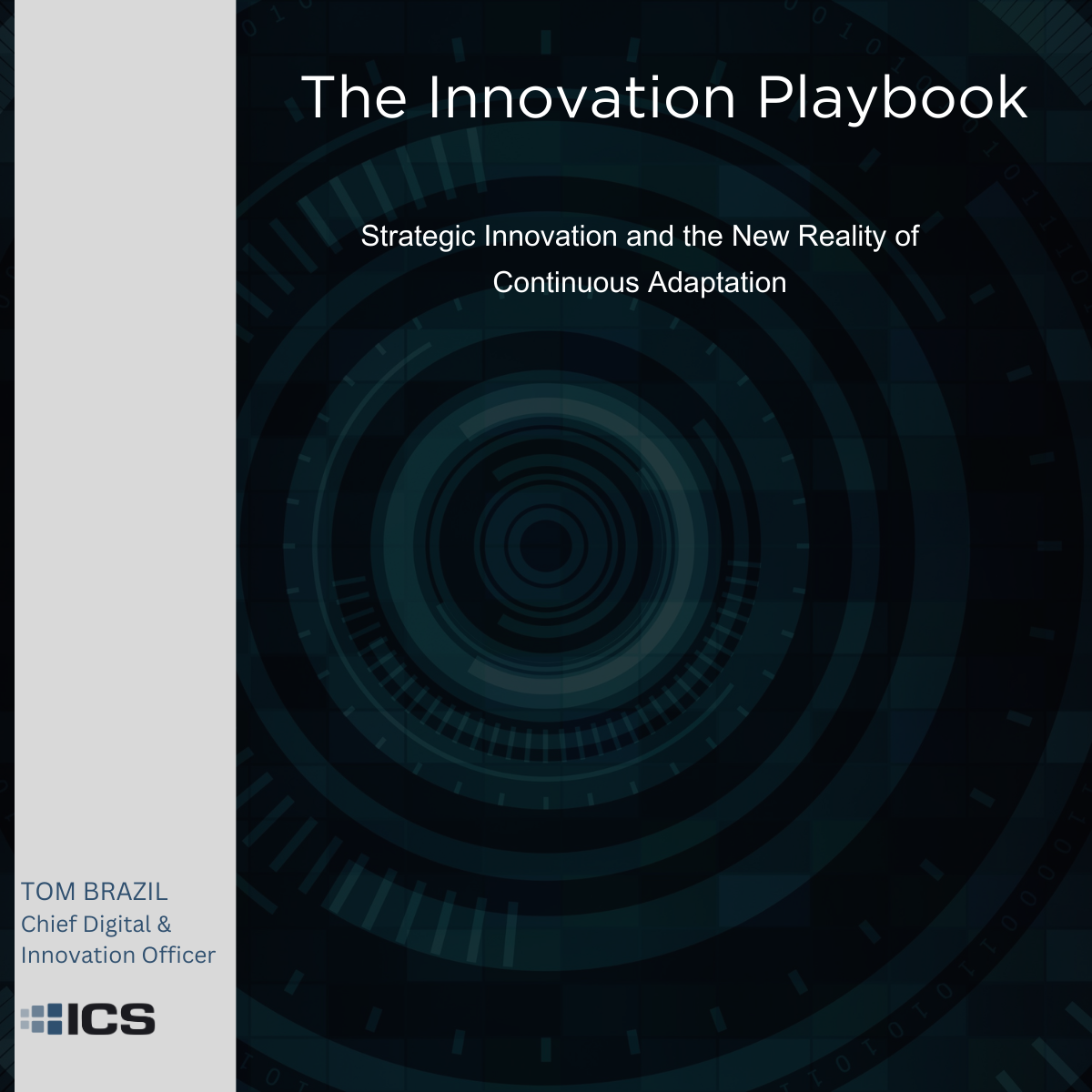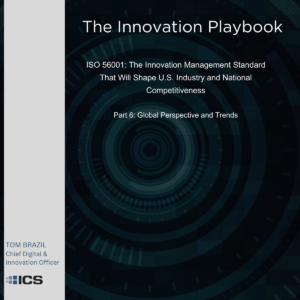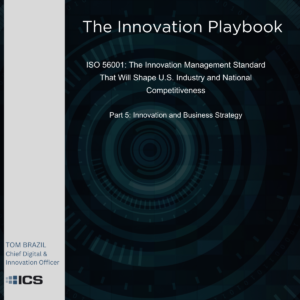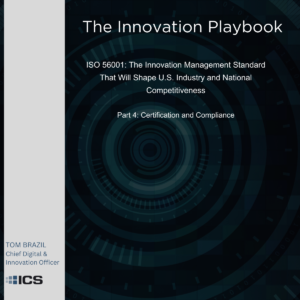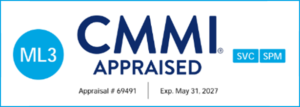In a world where technology evolves at an exponential pace, businesses can no longer rely on rigid, long-term strategic planning cycles. Markets that once took decades to mature can now emerge and vanish within months. Traditional organizational restructurings (“reorgs”), used historically to realign businesses with shifting markets, are no longer a viable strategy. The time and resources required to execute a reorg mean that by the time it is complete, the organization may already be misaligned once again.
Instead, businesses must shift towards a model of continuous, tactical adaptation—one that links strategic objectives directly to an agile innovation portfolio. This article explores how organizations can maintain strategic alignment, innovate effectively, and thrive in a landscape of unprecedented change.
The Breakdown of Traditional Reorganizations
Historically, when an organization’s strategy fell out of sync with market realities, executives would initiate a large-scale restructuring to bring the company back into alignment. This method worked when:
✔ Markets evolved linearly, allowing leadership ample time to detect shifts and respond.
✔ The competitive landscape was stable, with clear industry boundaries and well-defined competitors.
✔ The workforce and organizational structure could be realigned every few years without disrupting long-term growth.
However, today’s accelerated technological and economic changes have made these assumptions obsolete.
Why Traditional Reorgs No Longer Work
- Time Lag: Traditional reorgs take months or years to execute, while markets shift within weeks. By the time a reorg is complete, the strategy may already be outdated.
- High Disruption Costs: Large-scale reorganizations create workflow inefficiencies, employee uncertainty, and productivity losses.
- Reactive Instead of Proactive: Reorgs occurred after misalignment had already taken root, forcing companies into a reactive cycle that eroded competitiveness.
Continuous, Tactical Strategic Adjustments: The New Model
Instead of waiting for strategic misalignment to trigger large-scale changes, companies must adopt continuous, small-scale adjustments to their strategy. This requires:
- Frequent Reassessment of Strategic Objectives – Companies should evaluate and refine their objectives quarterly (or even monthly) instead of relying on annual or multi-year plans.
- Dynamic Innovation Portfolios – Innovation initiatives should be actively managed, ensuring they align with emerging market opportunities and threats. A deep dive on Dynamic Innovation Portfolio Management can be found on our website.
- Scenario-Based Decision Making – Leaders should develop multiple strategic pathways and be prepared to pivot before misalignment occurs.
- Embedded Innovation Governance – Organizations must embed agile planning methodologies to facilitate continuous change without causing disruption.
How Agile Innovation Management Ensures Strategic Relevance
A company’s innovation portfolio is the execution engine that translates strategic objectives into real-world impact. A misaligned innovation portfolio can lead to wasted resources, missed opportunities, and organizational stagnation.
Best Practices for Agile Innovation Management
- ISO 56001-aligned Innovation Framework – A structured approach to innovation management ensures that every innovation initiative is strategically aligned. The Innovation Master Plan framework from Innovation Labs is one example. An agile approach to that framework is covered in my book, Implementing an Agile Innovation Management System.
- Risk-Diversified Innovation Portfolios – Companies should maintain a balanced mix of the various types of innovation to diversify risk across multiple initiatives while maintaining an overall success rate.
- Intelligent Failure Framework – Only intelligent failures are desired; learning from failures where you were treading new ground ensures continuous improvement, making companies more resilient.
- Strategic Portfolio Management – Ongoing portfolio adjustments ensure that only relevant innovations receive funding.
By embedding these principles, organizations future-proof their strategy and maintain agility in a volatile business landscape.
Case Study: Military Planning vs. Business Strategy
The military has been dealing with the technological pace of change for decades, and has implemented an approach to adaptive change that integrates some very important elements. DoD’s Joint Planning Process (JPP) is a structured, yet adaptive methodology used by military strategists that offers a compelling model for agile business strategy. Just as the DoD uses JPP to prepare for complex, uncertain environments, businesses can leverage similar principles to navigate market shifts and competitive challenges.
Key takeaways from the DoD’s Joint Planning Guide include:
✅ Integrated, Iterative Planning – Military planning is not static; it is a continuous cycle that evolves based on intelligence, operational feedback, and shifting priorities. Similarly, businesses should move beyond traditional long-term strategic plans and embrace dynamic planning frameworks that allow real-time adjustments based on market conditions.
✅ Scenario-Based Decision Making – The JPP doesn’t rely on a single fixed strategy; instead, it develops multiple courses of action (COAs), each evaluated against risks, resources, and objectives. In business, scenario planning should be a core practice – leaders must anticipate multiple possible futures and develop contingency strategies to stay ahead of disruptions.
✅ Adaptive Execution – While the military follows structured plans, it also builds in flexibility to adjust execution as conditions change. Business strategies should be similarly resilient, ensuring teams can pivot quickly without causing large-scale operational disruptions. The key is to align execution with real-time intelligence while maintaining a clear strategic intent.
By applying JPP principles, businesses can create more responsive, resilient, and forward-thinking strategies – transforming uncertainty into a competitive advantage.
The Future Belongs to Adaptive Organizations
In an era where technology and markets shift at an exponential rate, organizations of all kinds must abandon outdated approaches like big-bang reorganizations. Instead, they must implement continuous, data-driven strategic adjustments that allow them to remain competitive in real time.
✔ Tactical flexibility replaces large-scale restructuring.
✔ Innovation portfolios evolve dynamically instead of being rigidly planned.
✔ Strategic objectives adjust frequently rather than being locked into long-term cycles.
By integrating agile innovation management, leveraging real-time portfolio adjustments, and embracing continuous strategic evolution, organizations will remain relevant, resilient, and primed for growth in a future of endless change.


